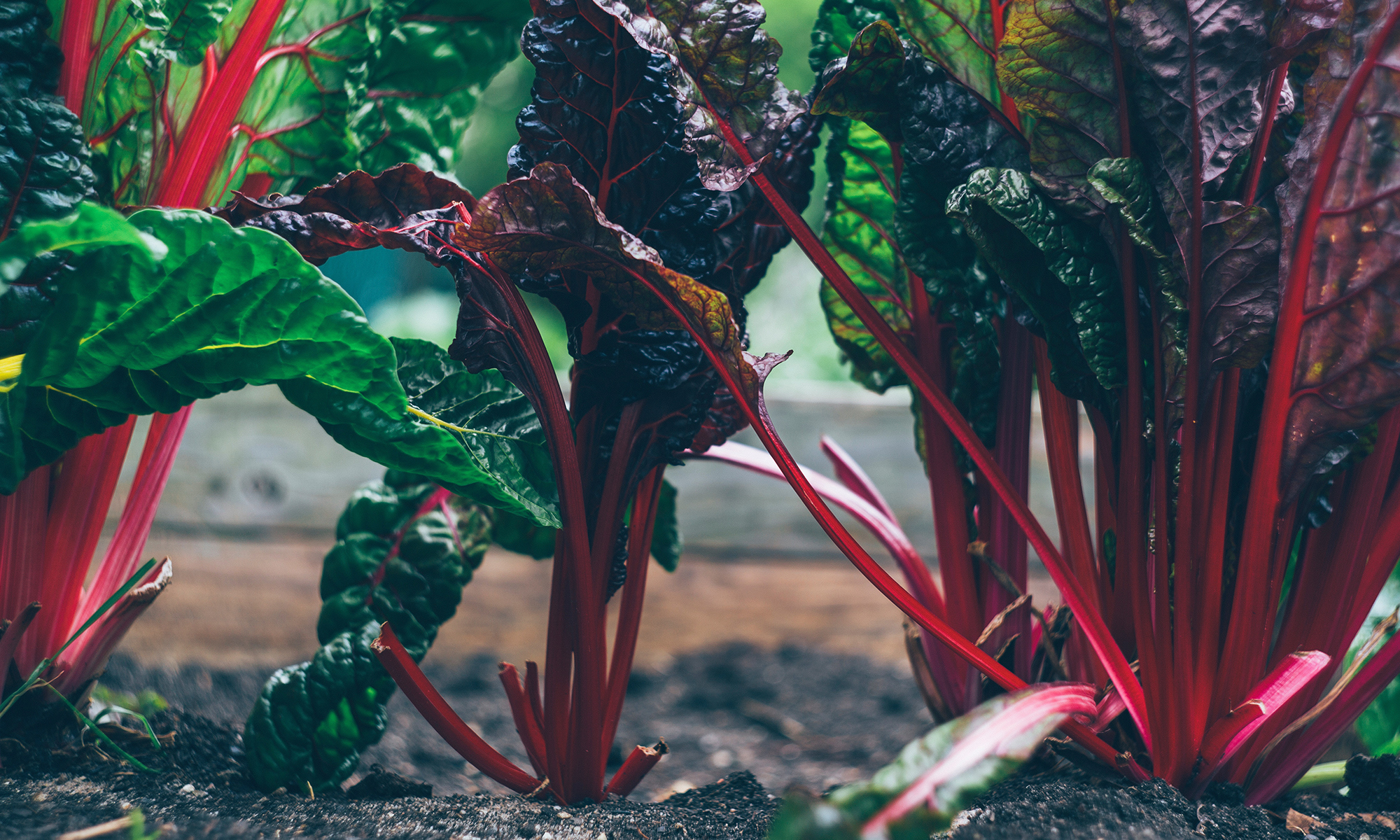Long gone are the days when people shop daily for provisions – making separate stops at the produce market, fish market and butcher shop. Too often, convenience trumps tradition. And supermarkets push out the fishmongers and butcher-shops. A few relics of this by-gone lifestyle remain in Wellesley, MA – Capt. Marden’s (fish market) and John Dewar for meat.
On Tuesdays, I teach at Babson College just a mile away from Capt. Marden’s. I always make sure to stop there on my way home for provisions. The freshness and quality always surpass Whole Foods (which is my usual marketplace) and the selection can’t be beat! This is their advantage of also running a wholesale division which supplies many of the fine-dining establishments in Boston.
With lobster prices at an all-time low, I couldn’t help myself and buy a few for dinner the other night. Steering away from my usual lobster-salad, I turned to my favorite Chinese cookbook for a Cantonese preparation. Ginger, scallions and cucumbers came from the garden, and the eggs from the farm.
It’s not an attractive dish, but it more than makes up for it in taste!
Lobster Cantonese
adapted from The Chinese Kitchen by Eileen Yin-Fei Lo
2 tsp. soy sauce
1 1/2 tbs. oyster sauce
1/2 tsp. salt
1 1/2 tsp. sugar
2 tsp. sesame oil
pinch of black pepper
2 – 1 1/2 lb. lobsters — while still alive, cut the tail in half and then into 1 1/2 inch pieces. Discard the body (or save for stock)
1/4 lb. ground pork
1/4 tsp salt
3/4 tsp. sugar
2 tbs. plain oil
2 tsp. minced garlic
1 large egg
2 tsp. fresh ginger
2 tbs. ginger
2 tbs. gin
2 scallions, cut into rings
1 cucumber, thinly sliced
1. Mix lobster with the first six ingredients, and let marinate for at least 30 minutes.
2. Mix pork with sugar and salt.
3. In a large skillet over high heat, add 1tbs. of oil. Add 1/2 the garlic and ginger, and saute until aromatic. Add pork and cook until it loses the pink. Add the eggs and cook until scrambled softly. Remove and set aside.
4. Remove lobster pieces from marinade, reserving the marinade.
5. Wipe the skillet clean. Return to high heat and add remaining oil. Add remaining ginger and garlic and cook until aromatic. Add the lobster and spread out in a single layer. Let the shells roast for a few minutes and turn bright red. Add the gin and the reserved marinade. Cook for 3 more minutes.
6. Add the pork mixture back to the pan, along with scallions. Continue cooking until just heated through.
7. Garnish with cucumber slices.




